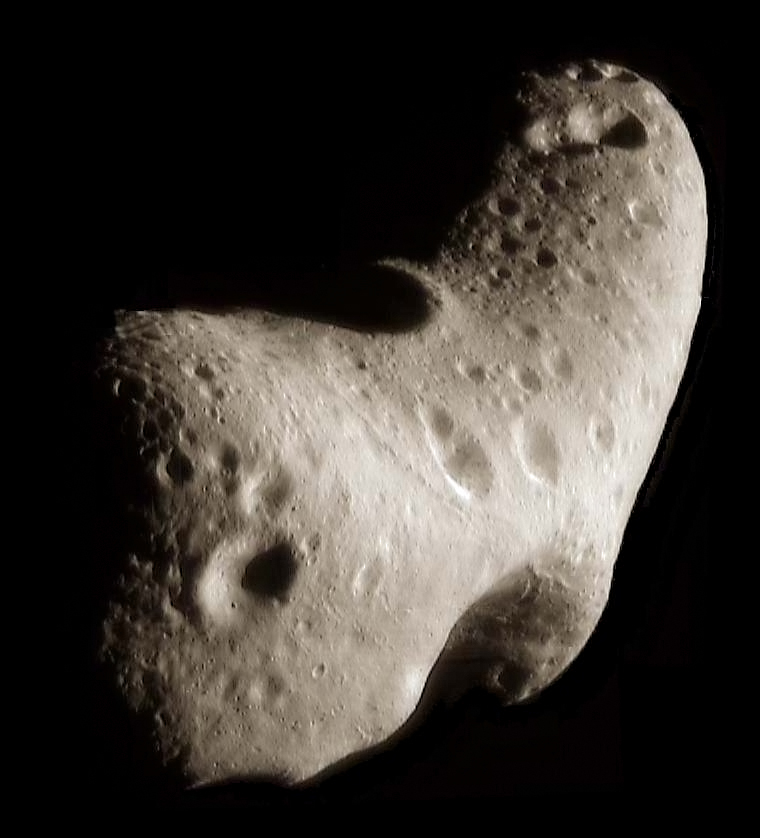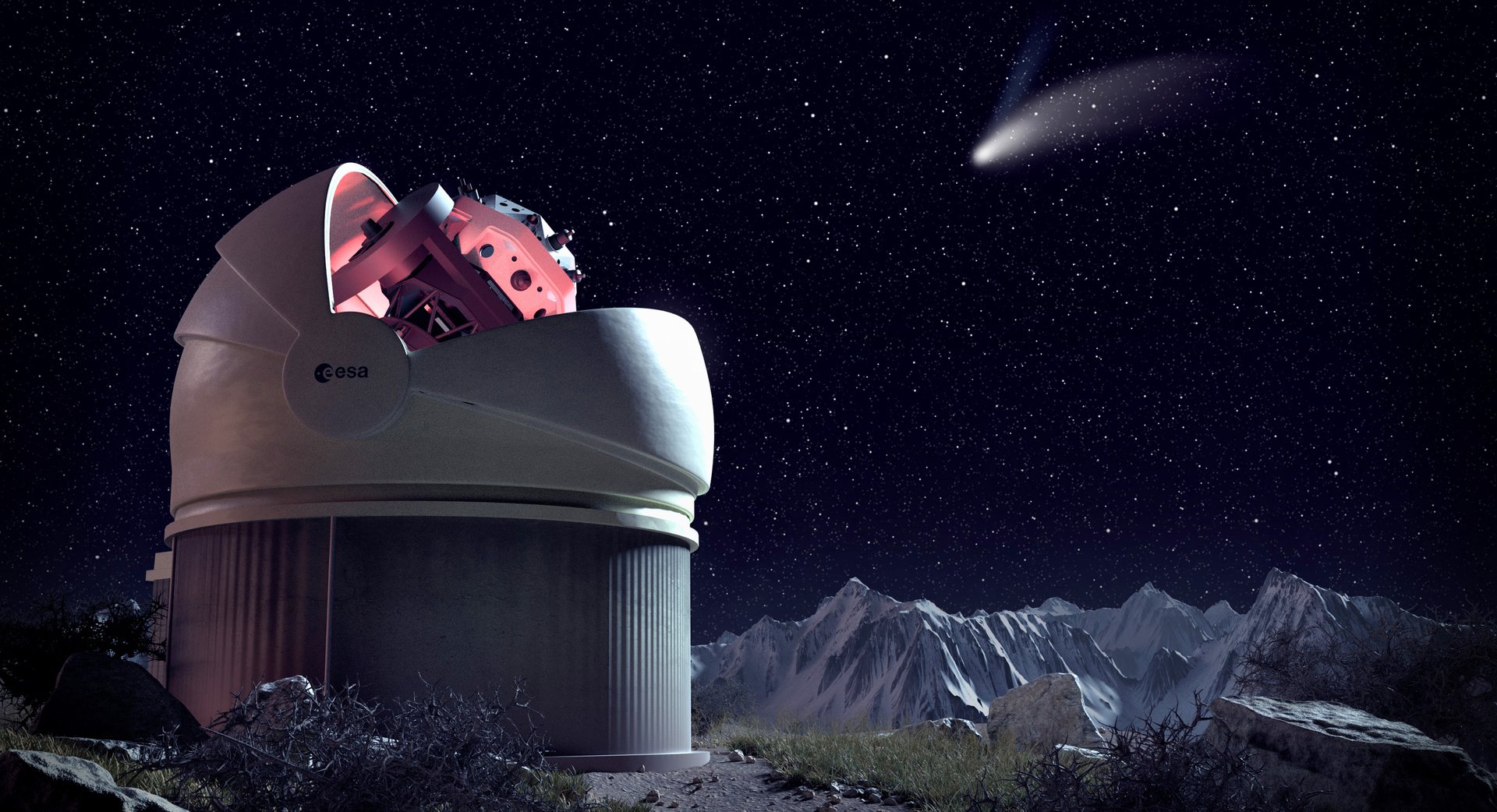The number 40,000 might not sound particularly dramatic, but it represents humanity's growing catalogue of near Earth asteroids, rocky remnants from the Solar System's violent birth that cross paths with our planet's orbit. We've come a long way since 1898, when astronomers discovered the first of these wanderers, an asteroid called Eros.
 Asteroid Eros captured by the NEAR spacecraft (Credit : NASA/JPL/JHUAPL)
Asteroid Eros captured by the NEAR spacecraft (Credit : NASA/JPL/JHUAPL)
For most of the twentieth century, discoveries came slowly, with astronomers spotting perhaps a handful of new asteroids each year. Then dedicated survey telescopes arrived in the 1990s and 2000s, purpose built to scan the sky methodically, and the numbers began climbing exponentially. The count reached 1,000 at the turn of the century, 15,000 by 2016, and 30,000 in 2022. This November, the 40,000 target was crossed, with roughly 10,000 of those discoveries made in just the past three years.
The acceleration shows no signs of slowing yet. New facilities like Chile's Vera C. Rubin Observatory, which opened this year, will discover tens of thousands more asteroids despite not being exclusively dedicated to asteroid hunting. Meanwhile, ESA's Flyeye telescopes use wide, almost insect like views of the sky to catch objects that slip past current surveys.
Near Earth asteroids are defined by proximity rather than size. Any space rock whose orbit brings it within about 45 million kilometres of Earth's orbit earns the designation, whether it's a few metres across or several kilometres wide. Each new discovery triggers a cascade of calculations, with astronomers using available observations to predict the object's path years, decades, even centuries ahead. Software systems assess whether any chance exists, however remote, of an Earth impact within the next century.
 Artists impression of the completed ESA NEOSTEL flyeye telescope (Credit : ESA/A. Baker)
Artists impression of the completed ESA NEOSTEL flyeye telescope (Credit : ESA/A. Baker)
Almost 2,000 known near Earth asteroids have non zero impact probabilities over the next hundred years. Before panic sets in, most are tiny and pose negligible danger, with impact probabilities typically well below one percent. More reassuringly, the largest asteroids, those exceeding one kilometre that could cause global catastrophe, are also easiest to spot. Scientists believe the vast majority have already been found.
Today's focus has shifted to mid sized asteroids between 100 and 300 metres wide. Much harder to detect, they would cause serious regional damage if they struck our planet. Current models suggest we've discovered only about 30 percent of these objects, leaving significant work ahead.
Fortunately, none of the 40,000 known asteroids pose any foreseeable threat. ESA isn't simply watching and waiting, though. The agency's Hera mission is currently travelling to asteroid Dimorphos to study the aftermath of NASA's deliberate impact test in 2022, helping transform asteroid deflection from concept to reliable planetary defence technique. What began with Eros in 1898 has become a global effort to catalogue neat Earth asteroid hazards and develop the tools to deflect them, each new discovery strengthening our ability to keep Earth safe.

